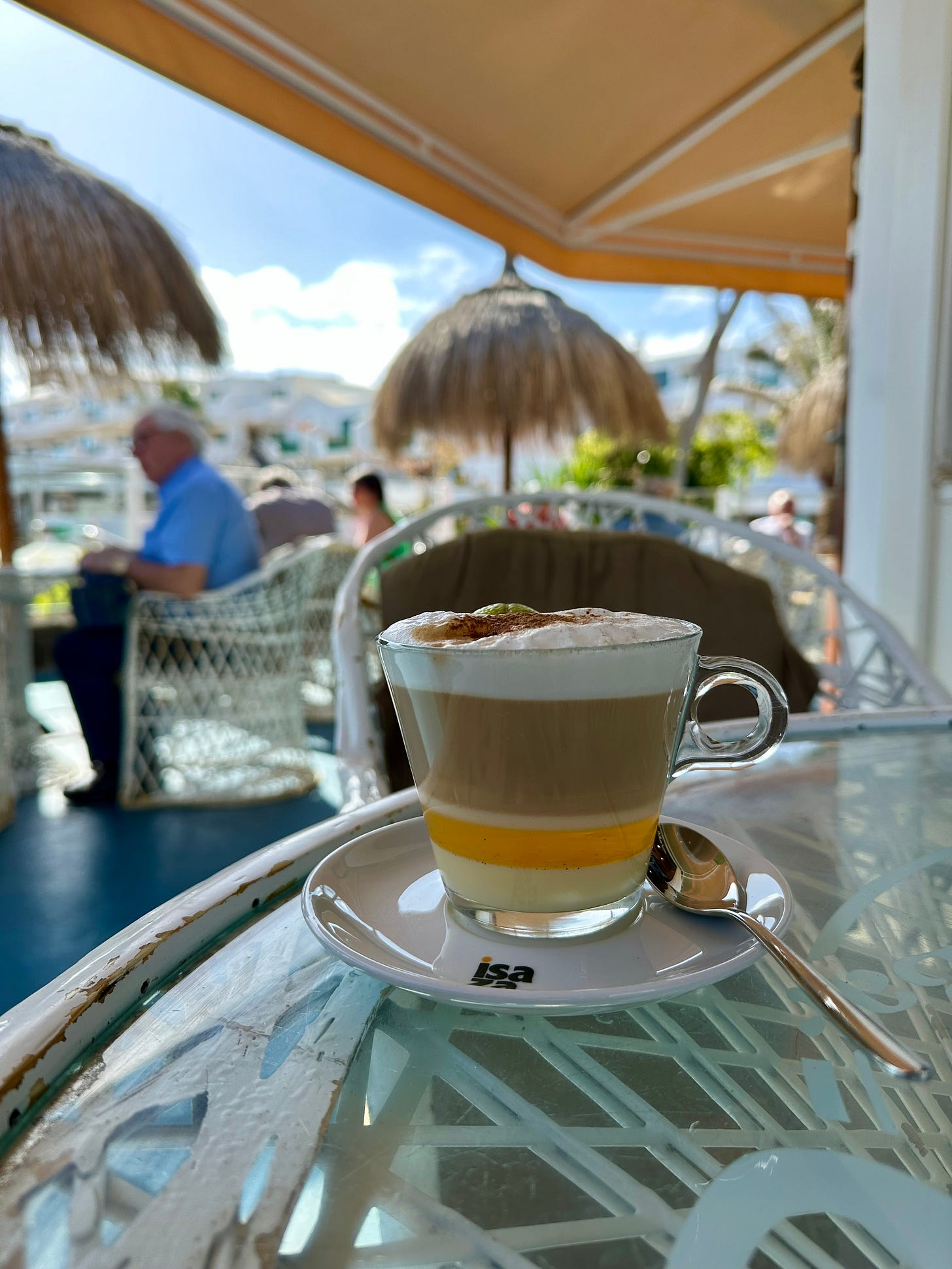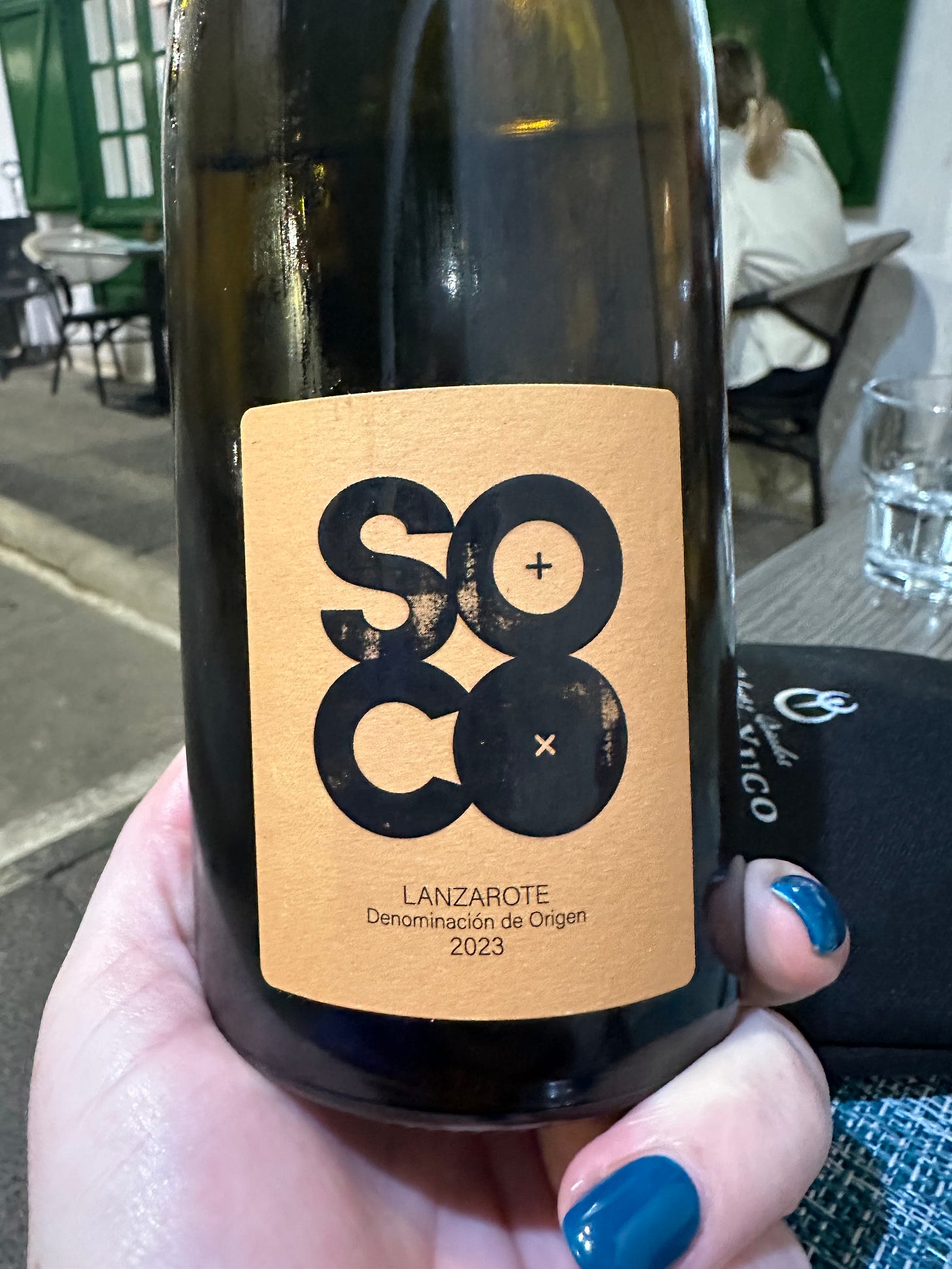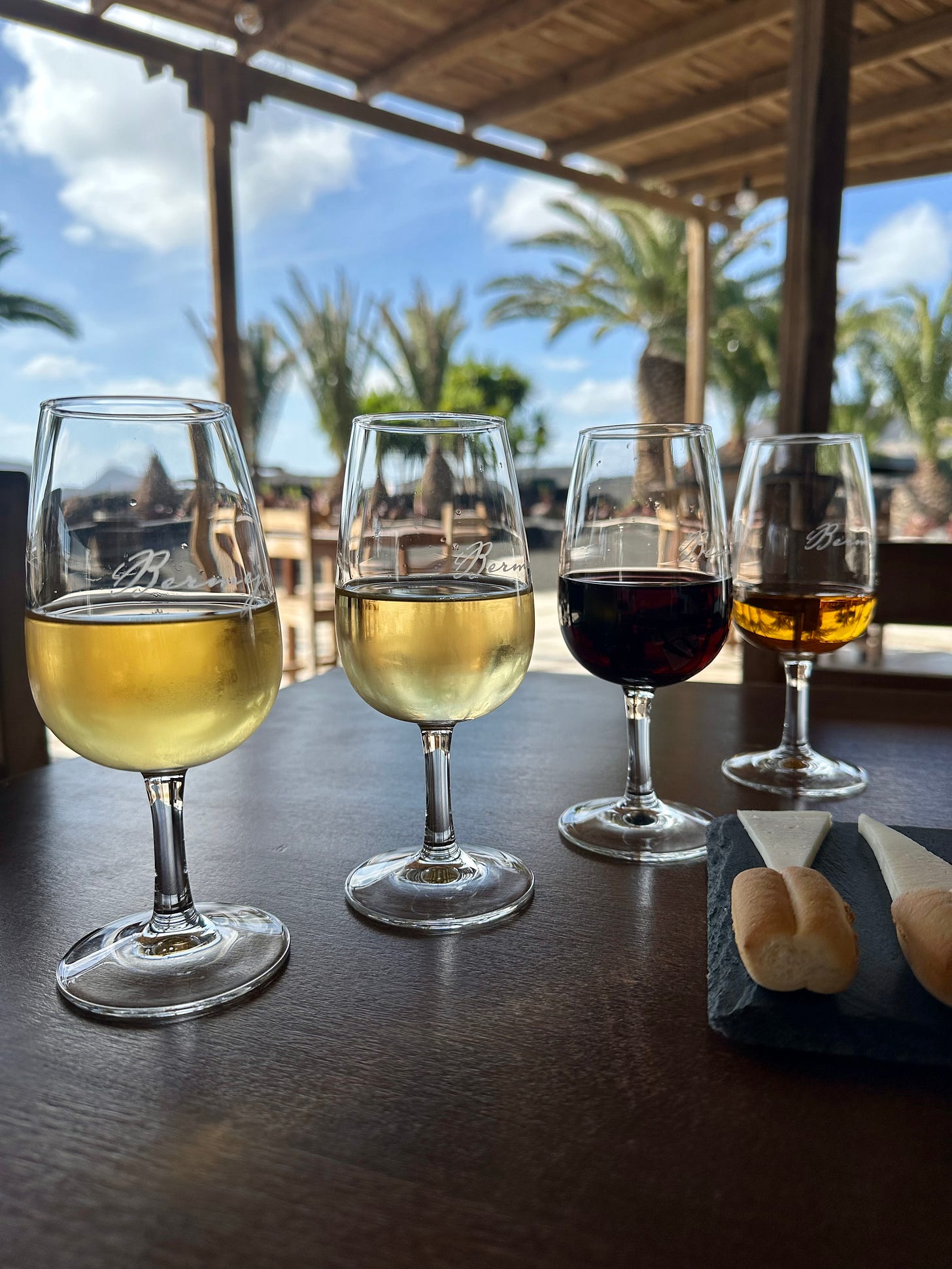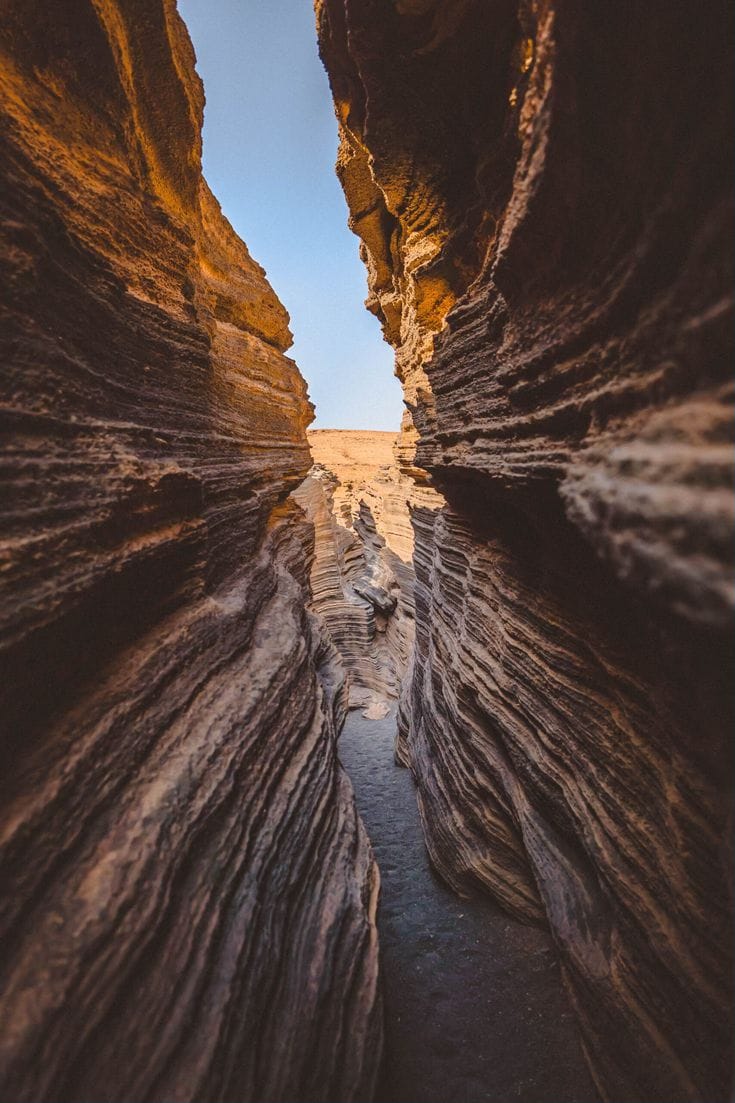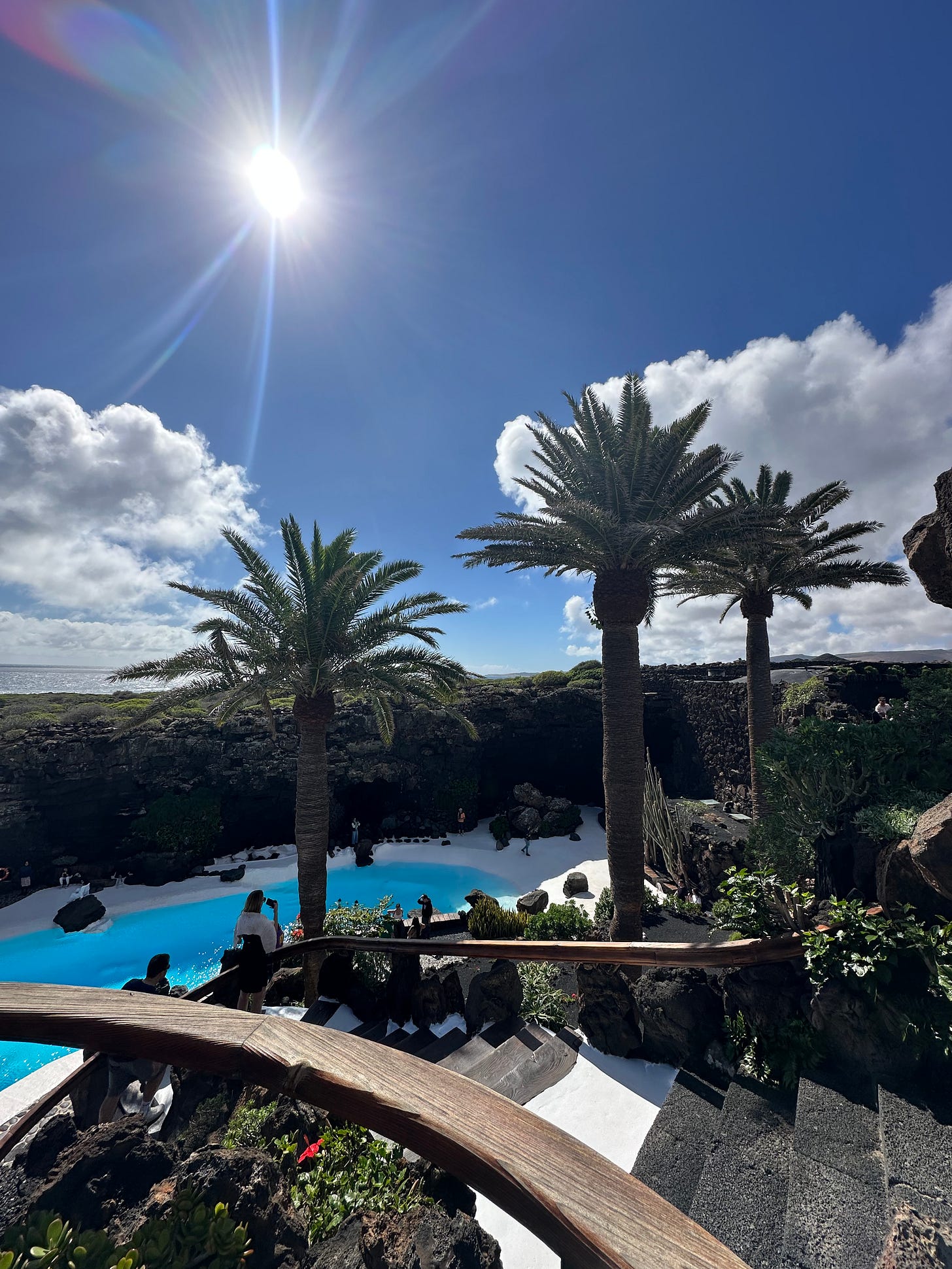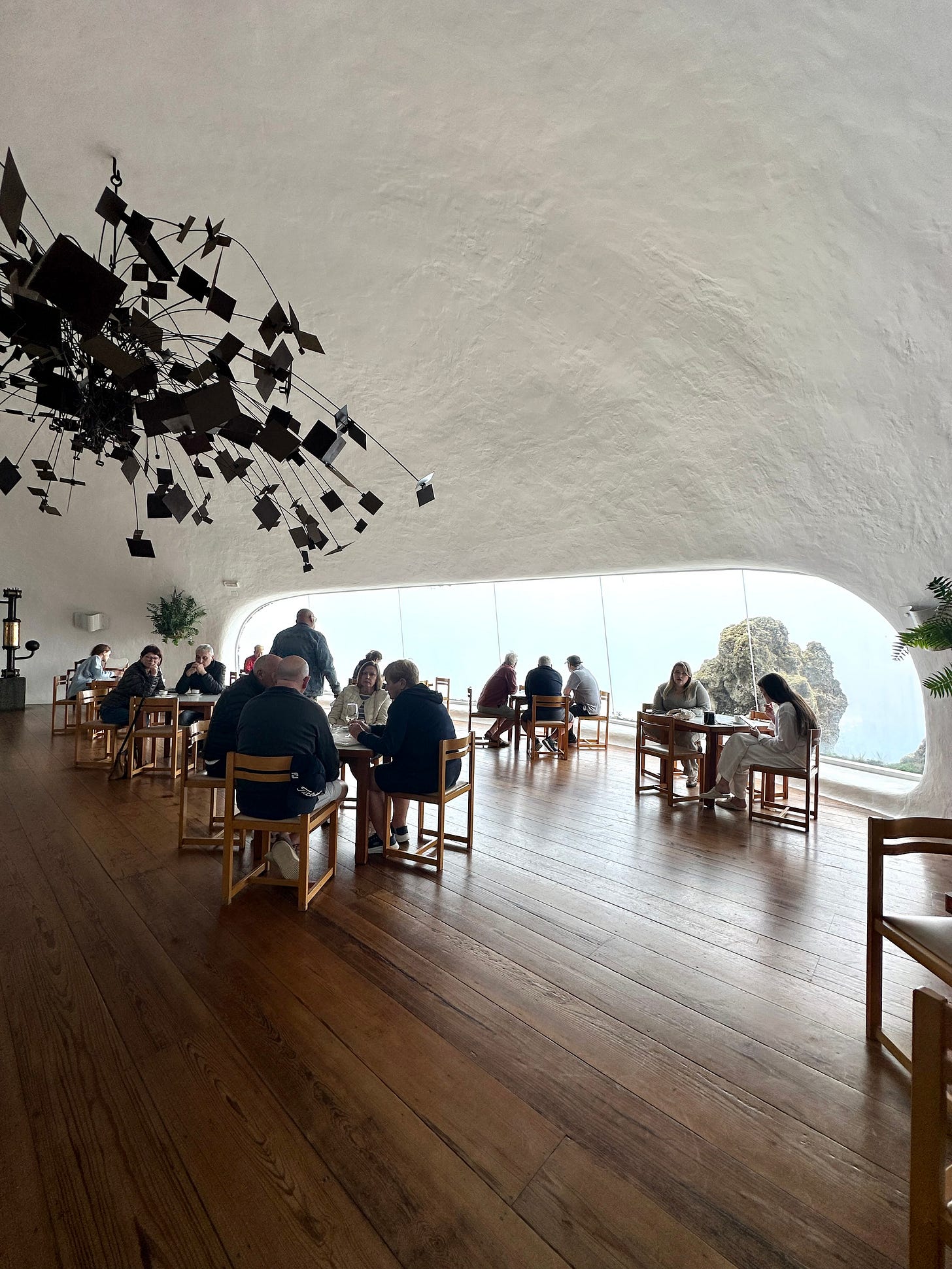Things to do in Lanzarote
The Canary Islands are popular all year around, but I think especially so during the winter months. They offer a solid bet for a good week of sunshine at a time when we could all do with a dose of Vitamin D.
In recent years, I’ve visited Tenerife and Lanzarote multiple times between December and March, and while there are still a lot of sh*tty tourist strips full of restaurants offering depressingly cheap English breakfasts and blue cocktails, there are also many lovely things to do on the islands.
In this post, I’m going to share some of the things that I love to do in Lanzarote, besides reading my book beside the pool. Each of the islands has its own vibe, but these suggestions can be abstracted to any of the islands.
Drink a barraquito
There’s something about this tooth-achingly sweet, alcoholic coffee that I can’t resist. It apparently originates in Tenerife and is made up of coffee, steamed milk, condensed milk, Licor 43, garnished with cinnamon and lemon rind.
To me, this combination shouldn’t work but it’s become part of my Canarian holiday ritual. I like to take a good morning walk along the sea, followed by a barraquito in a cafe overlooking the beach.
Drink Lanzarote and Canarian wines
The wines of the Canary Islands are bloody excellent, and if you don’t try some while you're on holidays, you’re missing out. The dry, volanic landscape and constant winds result in some of the most memorable minerally wines you will find anywhere.
Sadly, a lot of restaurants only offer the more mainstream Canarian wines or else wines from mainland Spain. While bigger producers such as Vega de Yuco (maker of the distinctive blue bottled Yaiza) and El Grifo are definitely good, I will always jump at the opportunity to try wines from smaller producers.
On our latest trip, I loved the Soco Blanco from Lanzarote made with local grapes Malvasía, Listán Blanco and Diego, as well as the Parcela 9 from Bodega Tempus in Tenerife. Made with Malvasía, Abillo and Marmajuelo, it’s aged on the lees for extra body. Back home in Ireland, we’re seeing increased supply of Canarian wines, which I think are well-suited to modern wine tastes.
Canarian winemakers are also quite fond of making semidulce (semi-sweet) wines, so just keep your eyes open for the words ‘seco’ and ‘semidulce’ when ordering. But definitely take a chance on Canarian wines when reading the wine list.
Visit a winery
As you travel through the island, you will spot long low walls or curved semi-circular walls. These protect vines and other plants from the constant breeze that skims over the islands. Vines are planted further apart than you would see in a mainland vineyard, to ensure that each vine can suck up enough water. With only 20 days of rain per year on average, the vines need all that space.
It definitely looks odd to see vines growing in what looks like gravel, but the volcanic soil retains heat and is rich in minerals. The constant breeze also acts to protect the vines from insects and fungus, and in fact, the phylloxera infection that wiped out many European vines in the 19th century never took root here. Due to the low growing vines, all viticulture and harvesting is done by hand, with picking starting in July.
Many of the bigger producers on the island offer tours, but make sure to check dates in advance as English tours may not be available every day. Have a look at this list of wineries from Turismo Lanzarote to see what’s on offer. We visited Bodegas Los Bermejos where a tour cost €22 per person and included a tasting of two wines each.
Look at lava
The landscape of Lanzarote is unique beyond words. Everywhere you look, you will see the mountains, dormant volcanos with visible caldera. You will see where the lava poured in thick rivers down into the ocean, and you will see places where the lava layers are clearly visible, showing just how many times this island has felt the force of nature.
Created by volcanic eruptions, Lanzarote has known disaster in more recent years including a period between 1730 and 1736, when a quarter of the island was covered by lava and a new mountain range, the Montañas del Fuego, was created.
It’s well worth getting off your pool lounger and heading off for some trips to see the incredible landscape. In places like Las Grietas, you can walk between stunning cracks in the lava layers, or you might want to hike up some of the mountains. We did a moderate hike around Montaña de Tinaguache, which took about 90 minutes and gave us some great views over our part of the island.
The AllTrails app is great for finding walking routes to suit your level of experience and ability. I highly recommend to wear closed shoes when out as the volcanic soil is unforgiving, plus as always, bring proper gear if planning some serious walking. The constant breeze can conceal how hot it truly is, and the amount of tourists I’ve seen on mountains in vests and basic sandals is insane.
Get to know Cesar Manrique
The entire island of Lanzarote has been influenced by one man. César Manrique grew up on the islands, studied art in Madrid, spent time exhibiting in New York, before returning home in 1966.
He immediately got stuck into developing a series of public spaces and buildings that are completely unique in style. He was also a visionary, promoting sustainable ecotourism in a time when Spain was developing its tourist industry as the shadow of Franco receded. The fact that there are no high-rise developments or hotels on Lanzarote is entirely due to Manrique.
There are many Manrique spots to visit around the island including the beautiful Jameos del Agua, where he created a wonderful auditorium and public space in an old lava tube. It’s stunningly gorgeous, crazily retro and gives me serious James Bond villain lair vibes. I could definitely imagine myself at a very cool party here, martini in hand.
Up at the northern tip of the island, the Mirador del Río is another Manrique creation that again combines the natural textures of the Lanzarote landscape into something gorgeous. The views from the outside deck are incredible, but maybe not for those with vertigo as the ground literally falls away below your feet, and La Graciosa island visible across the channel.


